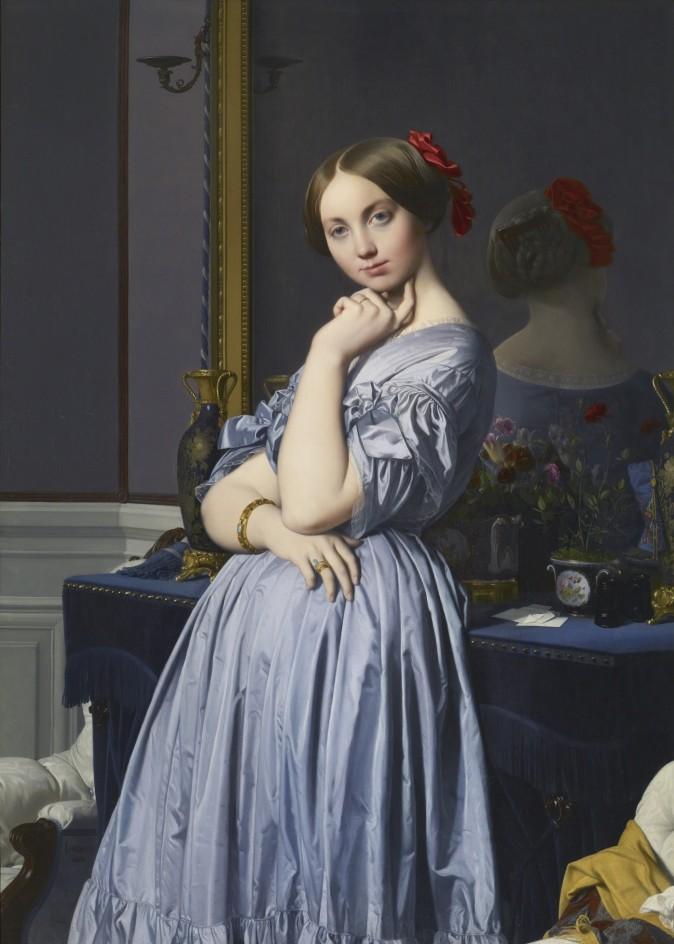In this column, “The Masters’ Thread” (ept.ms/mastersthread), artists share their thoughts about how one master’s piece inspires their current work.
Jean-Auguste-Dominique Ingres (1780–1867) is a hero of mine. His portrait of Louise de Broglie, Comtesse d'Haussonville, hanging in The Frick Collection museum, has always had a particularly potent effect on me. Why is it that I continually respond so deeply to this painting? Why is it continually in the back of my mind when I work?

"Comtesse d'Haussonville," 1845, by Jean-Auguste-Dominique Ingres (1780 - 1867). Oil on canvas
51 7/8 inches by x 36 1/4 inches, The Frick Collection. Michael Bodycomb
51 7/8 inches by x 36 1/4 inches, The Frick Collection. Michael Bodycomb

